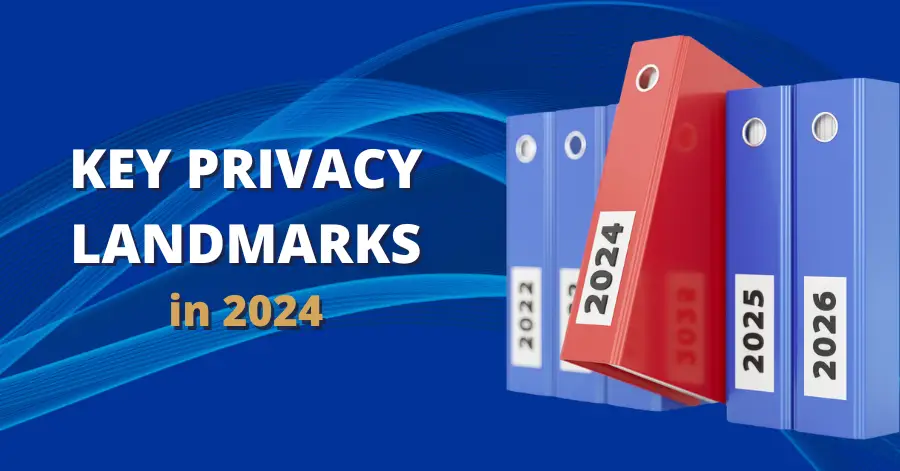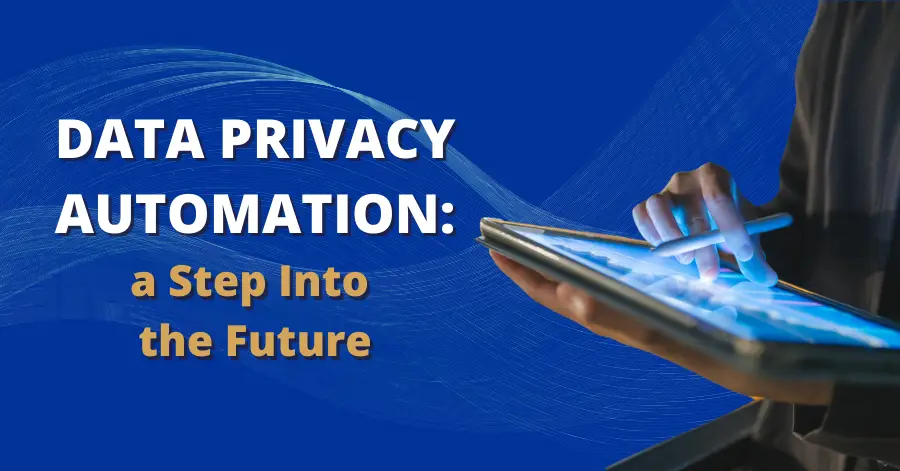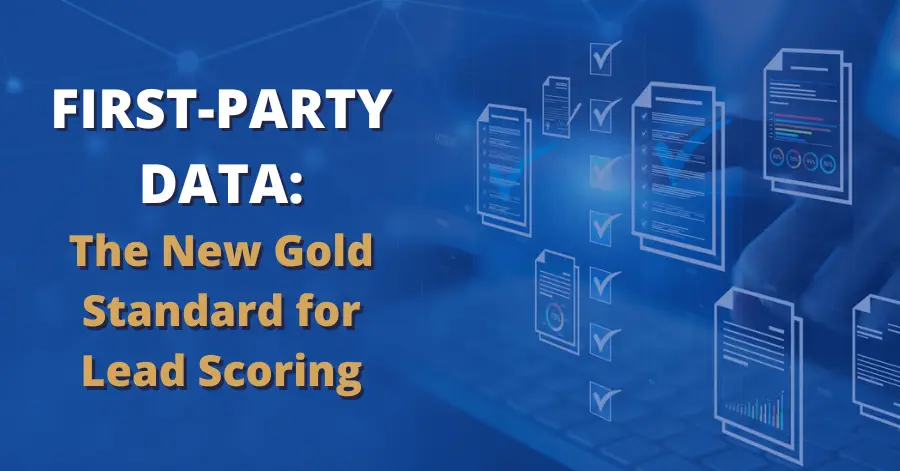How Cybersecurity Intersects with Data Privacy
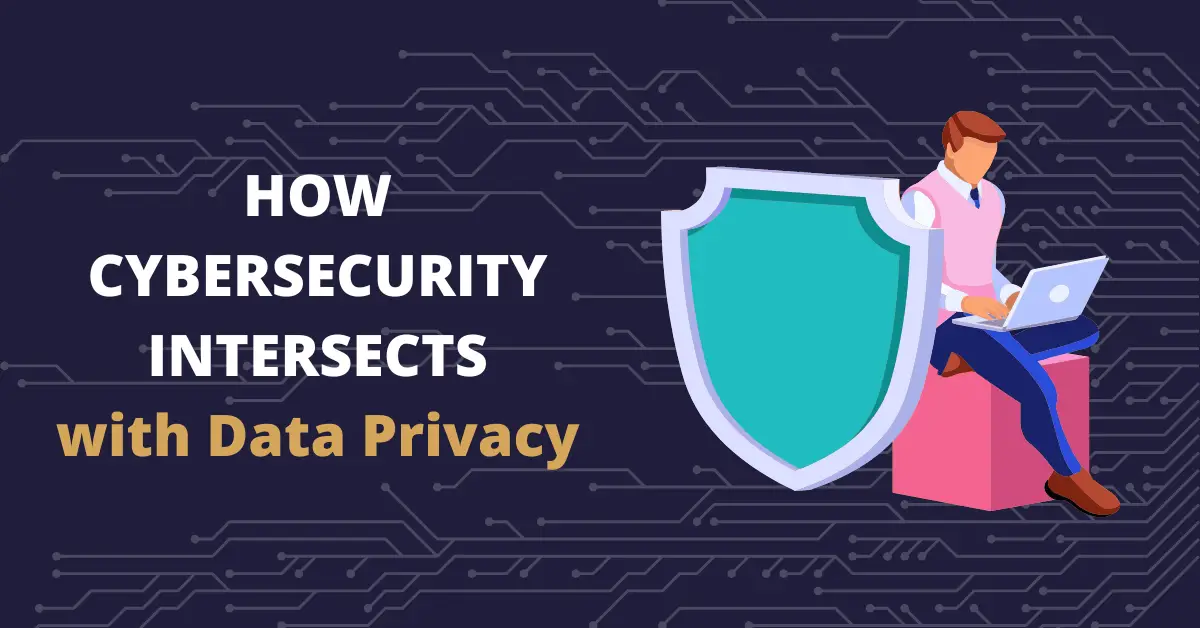
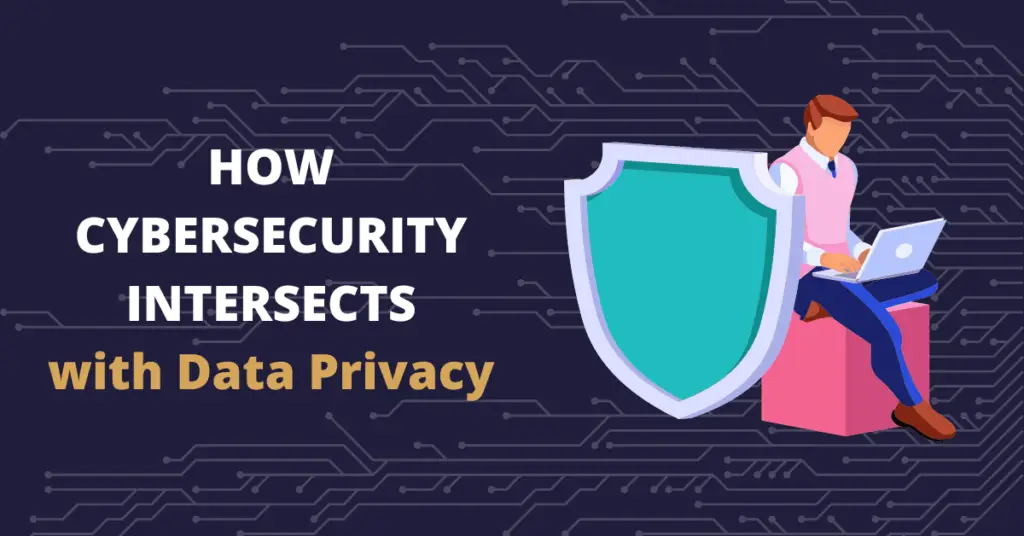
The leading technology issues of the 21st century can be summed up in two words: security and privacy. In particular, consumers are concerned with how to preserve privacy and “stay safe”. A kind of paradox arises from these concepts – security requires transparency, and thus privacy is violated (read: lost). To understand that not all is so black and white, we should first explore what cybersecurity and data privacy really are.
What is Cybersecurity?
Cybersecurity and data security are two key elements of a successful information protection strategy. The difference between them is not so much in the execution of the processing or the results, but in the underlying philosophy and goals. Ultimately, the situation boils down to what data is protected, how it is protected, from whom it is protected, and who is ultimately responsible for that protection.
Cybersecurity is primarily focused on preventing unauthorized access to data, regardless of who the unauthorized party is. To achieve this, organizations use tools and technology such as firewalls, user authentication, network restrictions, and internal security practices to prevent data leaks.
It also includes security technologies such as tokenization and encryption to further protect data, making it unreadable which in the event of a leak can prevent cyber-criminals from using that data.
What is Data Privacy?
Data privacy is concerned with ensuring that the data an organization collects and processes, stores, or transfers is protected and is managed with the consent of the data owner. This means informing individuals in advance about what types of data will be collected, for what purpose, and with whom it will be shared.
Once this transparency is ensured, the individual must agree to the terms of use, allowing the organization that processes the data to use it following the stated purposes.
In other words, privacy is less about protecting data from malicious threats and more about its responsible use under the user’s wishes. But it can certainly include security measures to protect privacy. For example, identification of sensitive data by unauthorized parties is ensured, identity or other personal information is removed within the system, and data can even be stored in different locations to ensure privacy.
Although security controls can be met without compromising privacy, actual privacy is impossible to achieve without first using effective security.
Taking Control
Digital security and privacy should automatically be a priority for businesses, but all too often, they are not. However, there are a few actions organizations can take to ensure cybersecurity as well as privacy of their customer data.
Some solutions allow companies to control all data through a centralized administration system, synchronize all business email accounts, track all business communication and data, and encrypt all files. Because there are so many entry points for attackers, it’s critical for any comprehensive security strategy to leverage a solution that can cover not just email, but instant messages, SMS, voice and video calls, servers, and all documents and files stored in the cloud, local and removable storage, on many devices.
Several fundamental cybersecurity steps both companies and average users can take include:
- Using an antivirus package that includes a complete internet security service
- Using strong passwords that are not easy to guess, using different passwords for different accounts, and changing them from time to time
- Protecting your personal information on social networks using the provided privacy settings.
- Keeping track of which sites you visit and on which sites you create user accounts
- Protecting work (and home) networks with a strong password. Make sure not only your computer but also your mobile phone has a VPN installed to encrypt all traffic leaving your devices until it reaches its destination
- Staying aware of fraudulent e-mails (phishing) supposedly from financial institutions asking you to confirm account information
- Understanding what data your organization has, where it is, and who is responsible for it
- Raising employee cybersecurity awareness
- Conducting regular risk assessments to identify any potential threats to your organization’s data
- Backing up your most important and sensitive data regularly
Cybersecurity & Data Privacy: A Top Priority from The Start
Cybersecurity is a prerequisite for effective data privacy. A simple equation applies: without cybersecurity and data privacy, there is no trust. And without trust, quality digital services cannot be ensured.
Cybersecurity, like data privacy, is an important success factor for digitization. “Security by design” is a popular approach that incorporates security from the very beginning of product or service development. After all, making sure security is the top priority during development is easier than correcting errors in the IT security architecture afterward. This is especially the case if there are any fundamental adjustments to the system design.
In terms of data protection, this proactive technology design has been conceptually established for a long time. It is important to consider the data protection implications as early as the development phase and to plan how data protection risks can be reduced as best as possible at this early stage of development.
Conclusion
Cybersecurity, like data protection, is certainly not a one-off matter that can be clarified at the beginning and then filed away. Rather, it is an ongoing task for the entire life cycle of products and services in the digital world.
Interested in how to improve your own security and data privacy setups? Get in touch with 4Thought Marketing today to get started.



